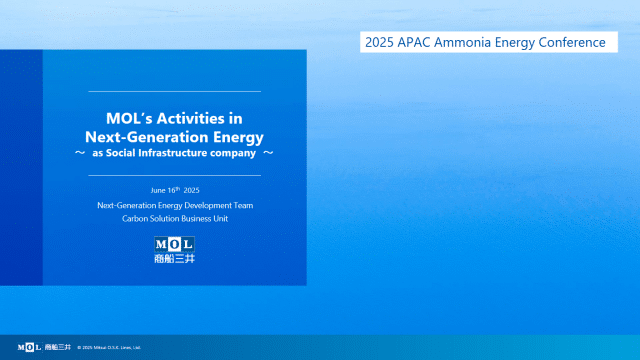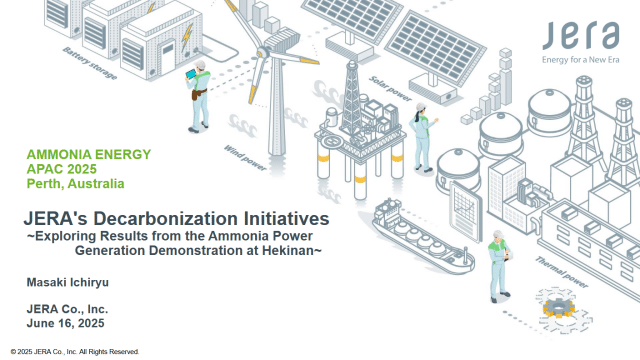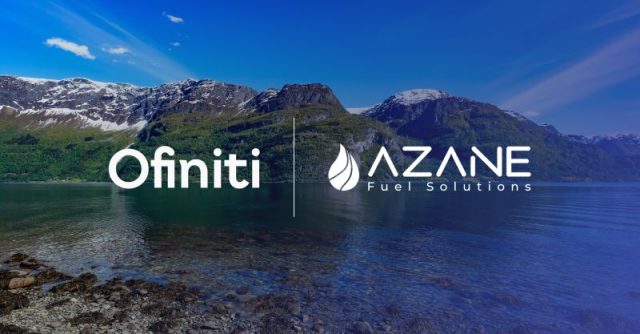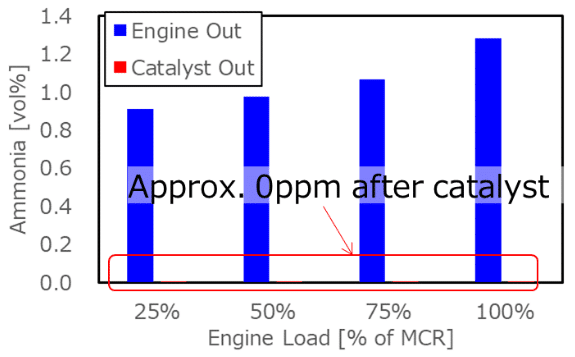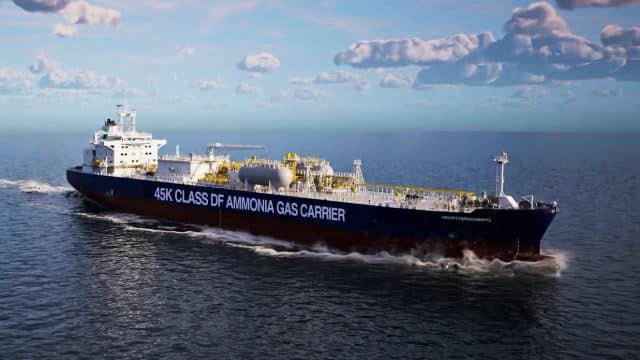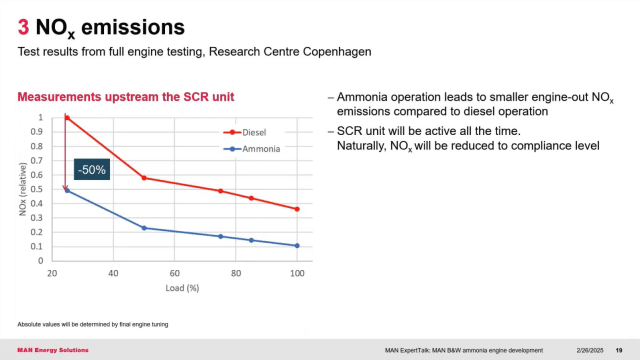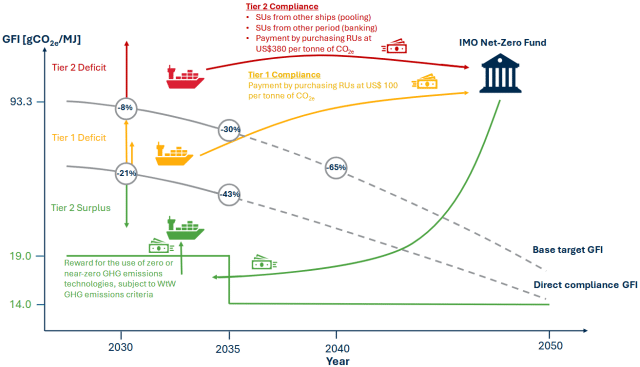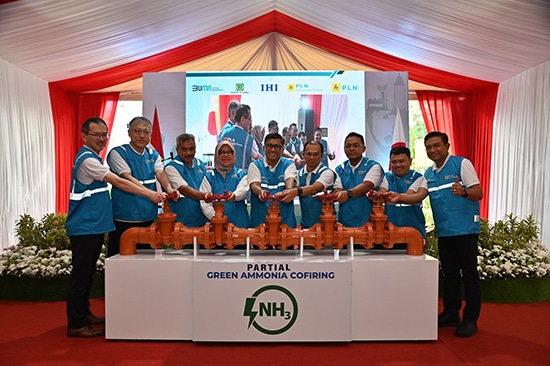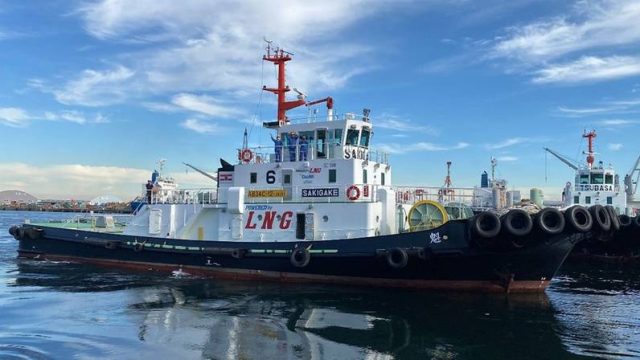Emissions
JERA’s Decarbonization Initiatives: Exploring results from the ammonia power generation demonstration at Hekinan
Azane and Ofiniti: digitalisation of ammonia bunkering
Azane Fuel Solutions and Ofiniti will partner to build a digital delivery service for Azane’s planned network of ammonia bunkering facilities across Scandinavia.
Emission performance of ammonia-fueled, four-stroke marine engines
We explore recent, full-scale, four-stroke engine testing results from IHI and Wärtsilä. Testing indicates N2O emissions can be almost fully eliminated with catalytic treatment, and significantly lower NOX emissions for engines running in ammonia mode, compared to running on diesel. While ammonia slip remains a key consideration due to the design of a four-stroke engine, catalytic treatment of the exhaust can eliminate even high concentrations, and release mitigation systems have already been designed and deployed to ensure safe operations.
Trafigura orders ammonia dual-fuel vessels from South Korea
Trafigura has signed a contract for four medium-sized gas carriers, featuring WinGD dual fuel ammonia engines. The vessels will be built at HD Hyundai Mipo Dockyard in Ulsan, South Korea, and the first ship will be delivered in 2028.
Emission performance of ammonia-fueled, two-stroke marine engines
We explore recent, full-scale, dual-fuel engine testing results from leading maritime vendors such as MAN Energy Solutions and WinGD. Testing indicates negligible emissions of the potent GHG N2O (which can be fully eliminated with catalytic treatment), and significantly lower NOX emissions for engines running in ammonia mode, compared to running on fuel oil or diesel. Overall, compliance with IMO Tier II and III emission limits is well within reach for the first generation of ammonia-fueled maritime engines.
MEPC 83: global shipping gets its first-ever emissions pricing mechanism
The regulations send a clear signal to industry – business as usual operations will become significantly more expensive, and zero or near-zero (ZNZ) technologies and fuels represent one of the better opportunities to make deep emissions cuts. Following the historic vote at the IMO, we explore critical timelines for the new regulations, compliance thresholds, mechanisms for vessels to comply, and uncertainties that remain.
IHI completes successful co-firing trial in Indonesia
IHI Corporation, state-owned utility PLN Indonesia Power, and state-owned fertilizer company Pupuk have announced the successful completion of an ammonia co-firing trial at the Labuan power plant on Java’s west coast.
Sakigake completes three months of operational demonstrations in Tokyo Bay
Over the course of the demonstration, NYK analyzed the emission reductions achieved, with a peak of 94.4% reductions using 94.8% ammonia fuel under 75% engine load (similar results at 100% engine load).
CertifHy announces first three RFNBO certification bodies
Vinçotte, TÜV SÜD, and TÜV Rheinland will deliver the CertifHy EU RFNBO Voluntary Scheme. The news comes after CertifHy was officially approved by the European Commission late last year to issue RFNBO-compliant hydrogen certification.
